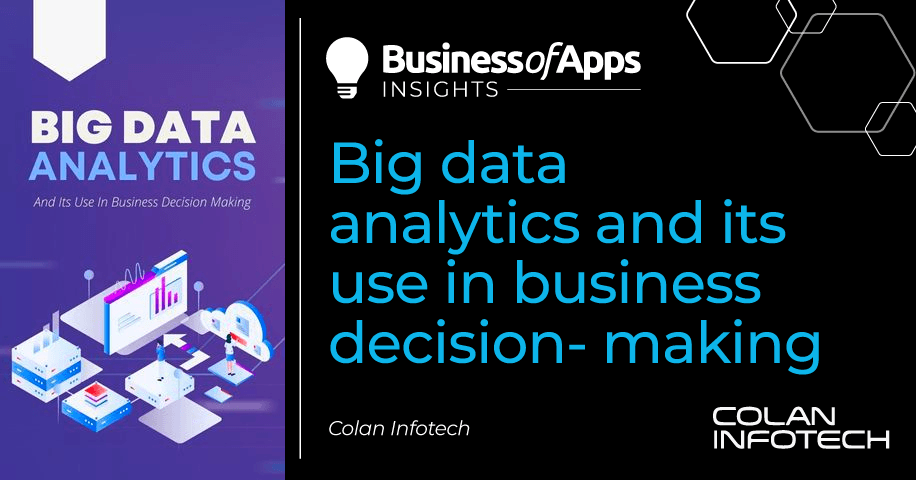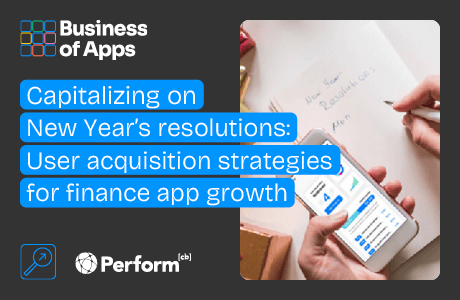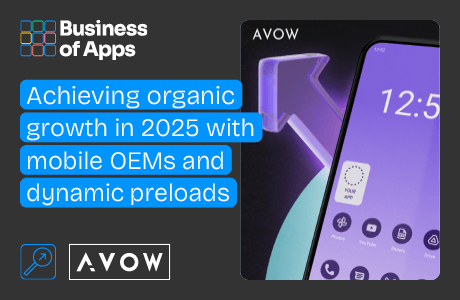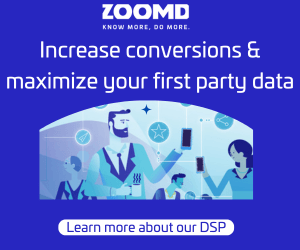The amount of data a single person generates every day is huge. A person with a smartphone produces a great deal of data that has to be stored—the calls, the emails, the social media platforms, the eCommerce transactions, and the list goes on.
Now imagine storing all this data of people living in the world. Astounding isn’t it? That’s precisely where big data comes into play. This blog will help you understand big data analytics for business decision-making. Keep reading.
Data analytics for business decision-making
In business the role of data is crucial. A typical eCommerce company has a lot of information about its customers such as what they buy and how they use its products. Whereas industries like healthcare, banking, and finance will have a tremendous volume of data with many varieties.
With so much data it is not easy to tell which data is important. Big data analytics helps businesses gather and make sense of all their information to see the bigger picture. This can help analysts to make patterns and get insights with the information to make better decisions that meet business goals.
Insights gathered with big data analytics
Below are a few examples of what insights a company can get using big data analytics.
- Customer behaviour and preferences: Understand your customers better. Know what they like, what they don’t like, and what motivates them to make a purchase.
- Market trends and patterns: Identify and analyse market trends to rise with the wave. Know what works when to stay ahead of the competition.
- Operational efficiency: Pinpoint inefficiencies in business operations. Streamline processes to improve overall efficiency and reduce costs.
- Sales and revenue optimization: Optimise their sales and marketing strategies, including targeted advertising and pricing strategies.
- Fraud detection: Prevent fraud in real-time by improving security and reducing financial losses with correct information.
- Supply chain optimization: Find out what can be optimised in the supply chain operation to reduce cost and improve overall efficiency.
6 Types of big data analytics for business decision-making
The following types of big data analytics are commonly used for business decision-making.
- Predictive analytics: To make predictions about future events and trends based on historical data and statistical models. Marketing campaigns, disease outbreaks, weather, and sports are a few among the many examples of predictive analysis.
- Descriptive analytics: It provides a summarised view of the data to understand what has happened. Simple information like website traffic data, engagement reports, revenue per customer, etc. are generated this way.
- Prescriptive analytics: This is used to provide recommendations based on the data. Youtube’s “Suggested for You” videos are one great example of prescriptive analysis.
- Diagnostic analytics: To drill down into the data and find root causes for uncovering correlations like finding why your company’s profit is growing or dropping, what is the reason for a hike in website traffic, etc.
- Social media analytics: Helpful to analyse social media data to understand customer opinions & preferences, track brand reputation and monitor market trends to support business decisions.
- Customer behaviour analytics: To have insights into the behaviour patterns of customers and know who purchased what, when, and where to improve customer experience.
Best practices for big data analytics implementation
Define measurable goals
The first step to using data analytics for business decision-making is having a clear idea of what your outcomes should be. For example, let’s say your business needs to increase revenue by 12%. Is this measurable? Yes. Hence this is a measurable goal.
When you define a clear goal it ensures that everyone has an idea of what the business needs to achieve, work focused on the objectives without confusion, and evaluate the success of the project.
Choose the right technology
Tools used in data analytics for business decision-making are vast to choose from. Knowing your goal can help you in deciding what technology will be the right one to achieve that goal.
Your 2024 Guide to Sustainable and Profitable App Growth
Tap into the collective expertise of leaders from ConsultMyApp, AppsFlyer, Braze, and Mixpanel. Start building a profitable, and sustainable mobile growth strategy today.
Download NowOther than that knowing the specific needs like availability, real-time application access, user access, the shape of data (structured/unstructured), integration with the warehouse, and workload profile can help you choose the right technology for desired outcomes
A few examples of big data tools include:
- Hadoop for distributed data processing and storage.
- Apache Spark for in-memory data processing.
- NoSQL databases for unstructured data storage.
- Tableau or Power BI for data visualisation.
Prepare the data
Data preparation is the gathering, structuring, and organising of data. It includes pulling data from internal systems or external sources, preprocessing, profiling, cleansing, and validating.
This step is crucial as it ensures the data is properly formatted for analysis.
Here’s a brief of the data preparation steps;
- Data collection: Gathering data from various sources such as databases, log files, social media, and cloud storage.
- Data cleaning: Removing invalid, inconsistent, or irrelevant data for accurate analysis.
- Data normalisation: Ensuring that data is consistent and conforms to a standard format.
- Data integration: Combining data from different sources into a single source for analysis.
Build a strong data governance framework
Establish a set of data policies on gathering, storing, processing, and providing access to use the data. The common data governance framework includes:
- Data privacy and security: Protecting sensitive data to ensure the privacy of individuals is not violated.
- Data quality control: Confirming the analysed data is accurate and reliable.
- Data access control: Assurance that only authorised users can access and use the data.
- Data retention: Comply with the policies for how long data should be stored and used.
Continuous evaluation
Monitoring the tasks and evaluating the results continuously is an important practice to make sure the project is moving in the right direction to provide the required outcomes. Keep tracking the KPIs such as accuracy, speed, and cost to access the effectiveness of the analytics.
Once evaluated, identify the areas for improvement and make necessary adjustments to keep the analytics effective over time.
To wrap up
Big data analytics for business decision-making is now vital for organisations to gain insights into their operations and make the necessary changes.
The future of big data analytics in business seems bright, as companies continue to generate & collect vast amounts of data and seek innovative ways to use that data to drive growth.
Moreover, advances in technology such as cloud computing, artificial intelligence, and machine learning are driving further expansion and adoption of big data because these technologies make the process simple.
In the coming years, do expect to see big data analytics continue to play a critical role in businesses to stay ahead of the competition and achieve success in the fast-paced business world.












